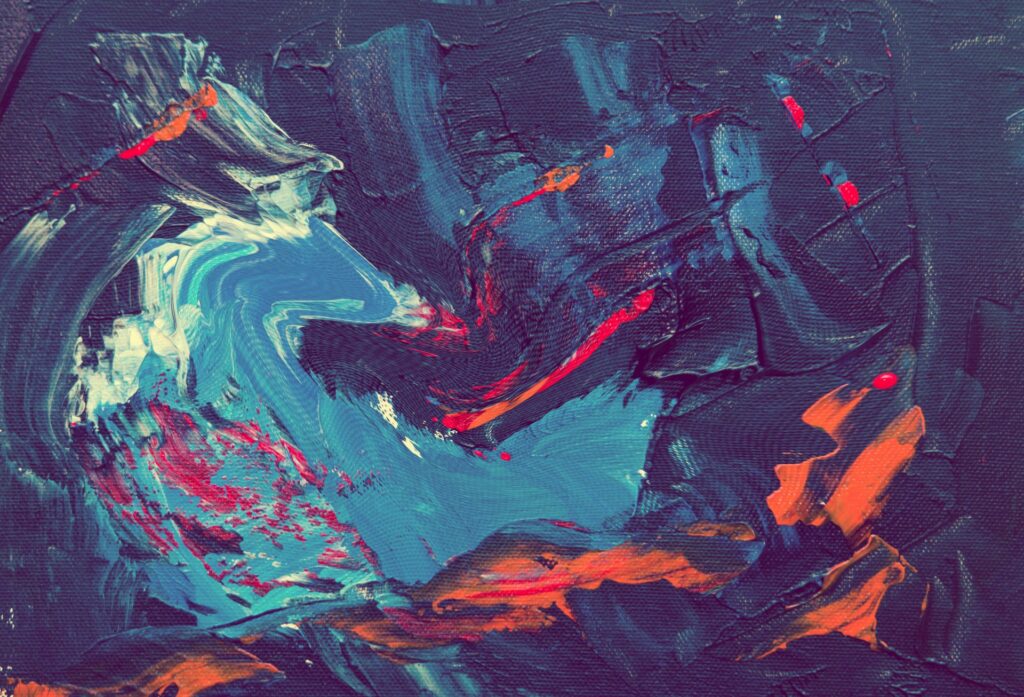Jacob Farkas, an American watercolor artist with a rich background in art, offers key advice on embracing the evolution of one’s artistic journey. Farkas, who has spent years refining his unique style characterized by luminous colors and expressive shapes, emphasizes the importance of growth and adaptation in an artist’s career.

1. Evolving with Experience
Farkas believes that an artist’s style naturally evolves over time, shaped by their experiences, education, and exposure to different environments. He encourages artists not to resist this evolution but to embrace it as a sign of growth. Just as he developed his distinctive style over 15 years, Farkas suggests that artists allow their work to reflect the changes in their perspective and skills.
2. Learning from Exhibitions and Collections
Having had his work displayed in numerous exhibitions and collections both domestically and internationally, Farkas stresses the importance of learning from each display. He advises artists to pay attention to how different audiences react to their work, using this feedback to refine their style further. Each exhibition is an opportunity to learn what resonates with viewers and what might need further development.
3. Balancing Technique with Creativity
Farkas’s watercolors are known for their meticulous attention to composition and balance between realism and abstraction. He advises artists to find a harmony between technique and creativity. While mastering technical skills is essential, Farkas believes that allowing creativity to guide the application of these skills is what truly distinguishes an artist’s work. This balance ensures that the work is not only technically proficient but also emotionally and visually engaging.
4. Finding Inspiration in Everyday Life
Farkas draws much of his inspiration from his surroundings, whether he’s painting at home in Brooklyn or capturing scenes outdoors. He encourages artists to look for inspiration in their everyday environments, as these familiar settings can often provide the most authentic and personal material for art. By observing and interpreting the world around them, artists can infuse their work with a sense of place and identity that resonates with viewers.
Conclusion: The Continuous Journey of Artistic Growth
Jacob Farkas’s approach to art is a testament to the ongoing journey of artistic growth. He advises artists to embrace the evolution of their style, learn from every exhibition and audience interaction, and balance technical skills with creative expression. Farkas’s insights highlight the importance of staying open to new ideas and experiences, which allows for continuous development and refinement of an artist’s unique voice.